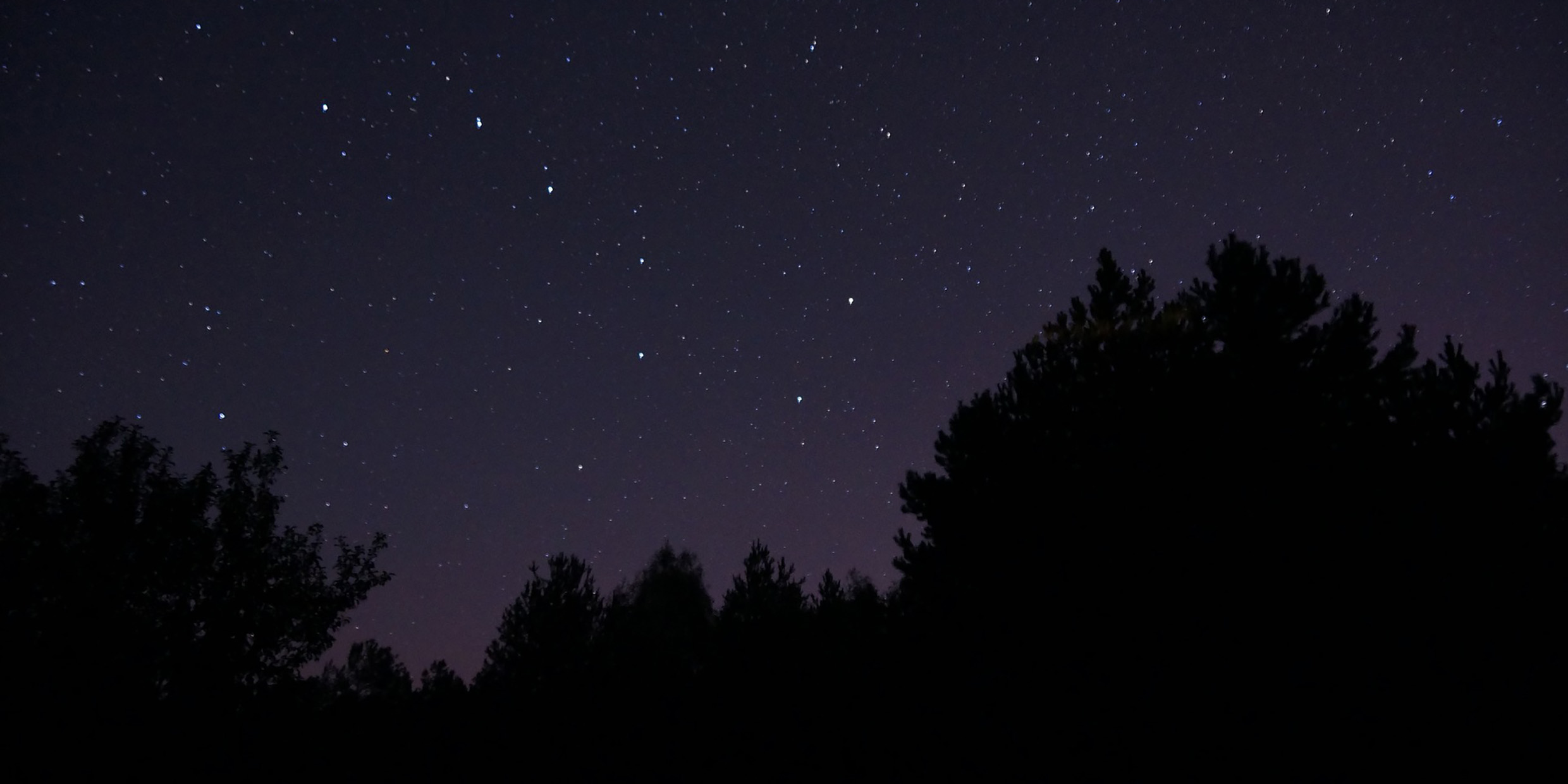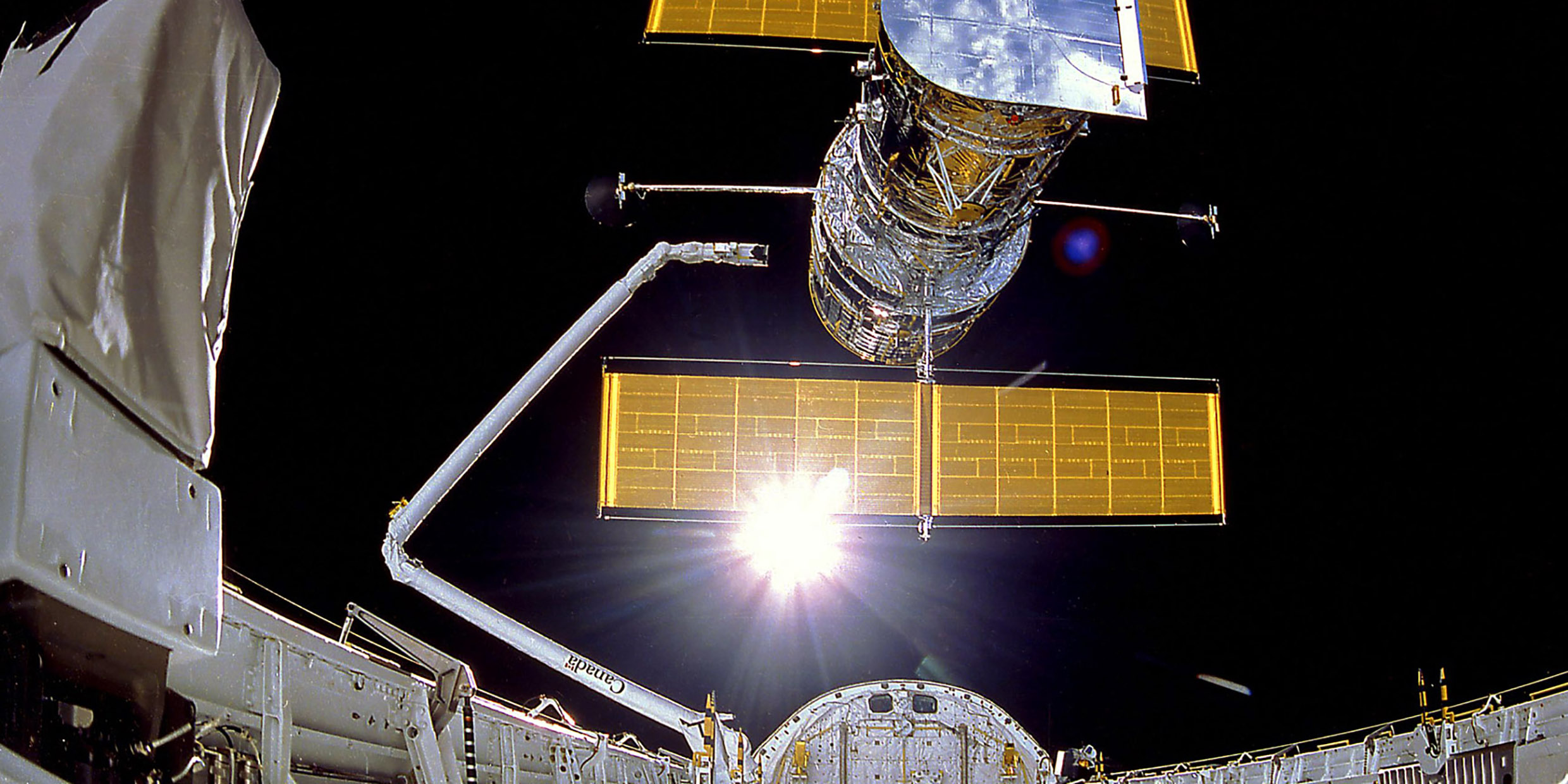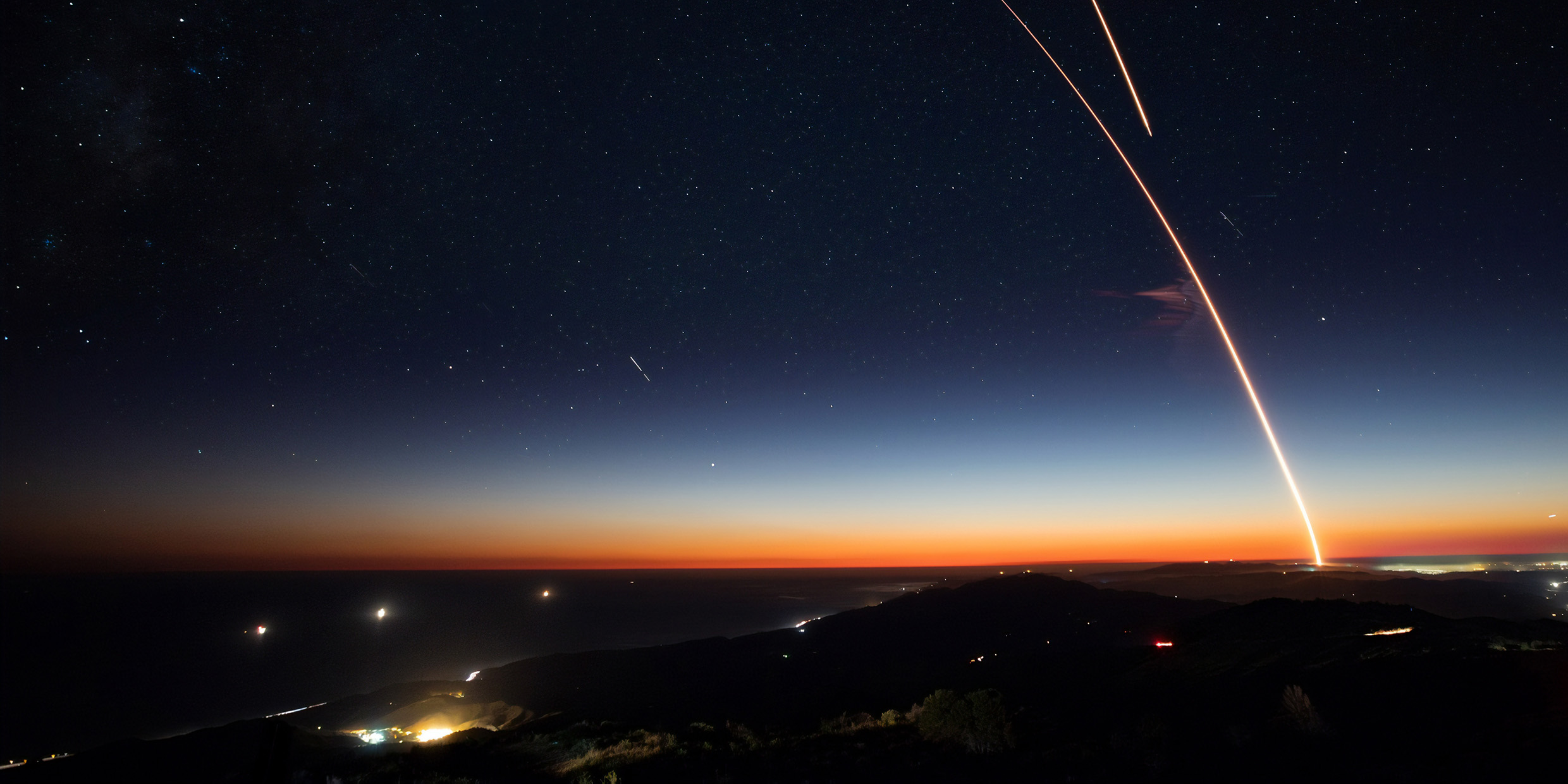For the past couple of months I have had a New Yorker cover tacked on the wall above my desk. The drawing on the cover, by Eugène Mihaesco, is simple. A pen lays on a white table, its nib dark with ink. An ink bottle stands open. The ink in the bottle is a map of constellations of the northern sky — Ursa Major, Ursa Minor, and Draco — including the stars Dubhe, Merak, and Mizar.
Astronomy
The moon rose like a stage set
Yesterday, just at sunset, the moon rose full. Tonight, if the sky is clear, a nearly-full moon will rise again — golden, majestic, and startlingly large.
For so many, the starry night is gone
Labor Day — traditionally the end of summer vacation. We are back from the mountains, the seashore, or sailing boats at sea, places where the sky is still inky dark and free of urban haze. Places where we had a chance to see the night sky as our grandparents saw it, in the days before electric lights and industrial pollution obliterated the stars.
A lapse of will
Eighteen years ago [in 1969] the Apollo 11 spacecraft landed on the surface of the Moon, and for the first time a human stepped onto another world. That grand achievement was followed by five other manned lunar landings, the last of them in December 1972.
A blowup in the neighborhood?
The February [1987] supernova continues to shine brightly in southern skies. That exploding star is 160,000 light-years from Earth, in a companion galaxy of the Milky Way — and far enough away to pose no threat to us.
Let’s face it — we’re mediocre
There are as many stars in the Milky Way Galaxy as there are grains of salt in 10,000 boxes of salt. Our sun with its family of planets is a typical “grain.” With their largest telescopes astronomers can see more galaxies than there are boxes of salt in all of the supermarkets of the world, and among them the Milky Way is typical.
New stars that reshaped our view of the universe
A poet of Shakespeare’s time was apt to say that his love (for his lover) was not “sublunar.” He meant that his love was like the stars — constant and unchanging.
The tales told by starlight
One year ago this week [in January 1986], the Space Shuttle Challenger exploded shortly after takeoff, taking seven astronauts to a fiery death. Evaluation of the accident and redesign of the shuttle and booster rockets has interrupted the launch schedule for at least two years. For astronomers, the grounded shuttle has meant a frustrating delay in deployment of the Hubble Space Telescope, one of the most remarkable instruments in the history of science, and one that has the potential to revolutionize our knowledge of the universe.
Scanning the skies — past and future
As the sun goes down on the last day of the 20th century, Mars will be shining in the southwestern sky. In the south, Jupiter and Saturn will be brilliant neighbors in the constellations Pisces and Aries. The next morning, as the sun rises on a new millennium, Venus and a crescent moon will precede the sun into the sky.
Orbiting cemetery
Deke Slayton made it into the history books by being one of the seven original astronauts — the guys with the “right stuff.” He made history again by being present when an Apollo craft docked in space with a Soviet Soyuz vehicle, and American astronauts and shook hands in space with Soviet cosmonauts.









